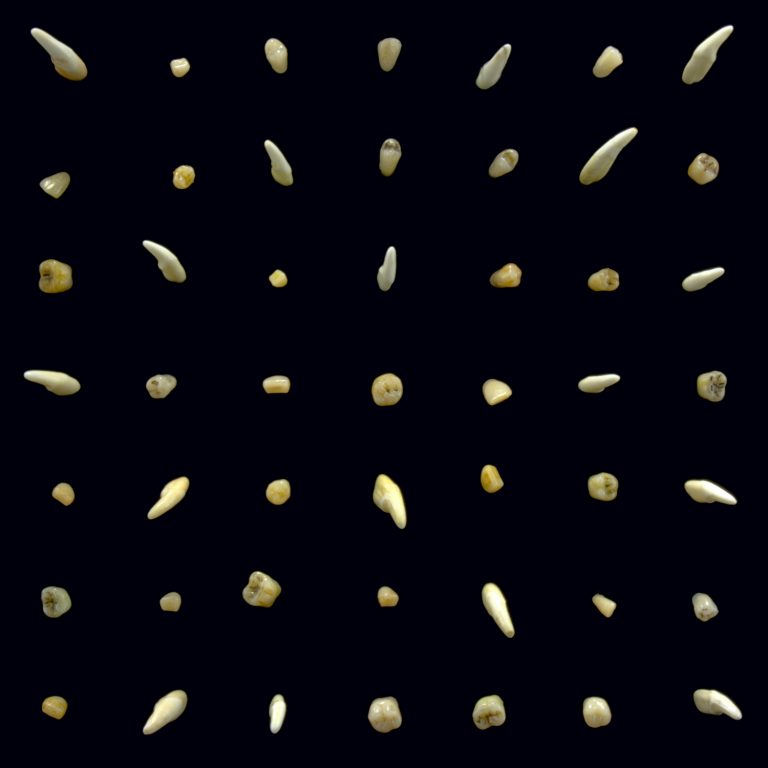What’s your favourite horror film sequel?
There’s quite a lot that come to mind, and depending on what your socialization with the genre’s been and which generation you belong to, you’re likely to drift one direction or the other. Dawn of the Dead or Evil Dead 2 are pretty safe bets for a quality evening. Millennials will probably flock to The Devil’s Rejects, while, judging from the Zoomer popularity of 90s pop culture, there’s probably a re-appreciation of Scream 2 coming soon. Queer culture has embraced Nightmare on Elm Street 2, and the third Halloween – Season of the Witch – has been completely re-evaluated by critics willing to abandon its non-canonical status. My personal pick would be Hellbound, the follow up to Hellraiser, a borderline psychedelic blend of fantasy and body horror.
What all of the above have in common is a conscious transformation of the prior story’s iconography to find fresh thematic approaches that connect with our inner anxieties. However, what all the bad ones have in common (there really are too many to mention) is that they misunderstand what made the original so scary, either trying to re-create the same old beats with fresh paint or turning the abject generic.
That said… is anyone really surprised clipping. are dropping a sequel to last year’s surprise favourite There Existed an Addiction to Blood right in time for Halloween? The trio have always been primarily interested in how larger stories can be shaped around a signature sound, and there’s a ton of stuff to be scared about – especially in a year which has continually derailed an already destabilized status quo. Let’s dismiss any overt allegation of “the B-Side album” and ask: how has clipping. changed to embrace our newfound unease?
Things start off well with a jump-scare noise-intro and the moody “Say the Name”, but things deteriorate from there. “96 Neve Campbell”, with its campy prologue and door-knocking hook, is fun, but it lacks all tension. “She Bad” and “Eaten Alive” are so focused on their vocal lines that the accompanying beats and industrial clattering become background ambience. “Check the Lock” feels like a lesser outtake from Danny Brown’s Atrocity Exhibition that never progresses past its core idea, while the pastoral “Drive” is just a rumbling bass set to sheep blaring with no connection to its enveloping tracks.
There’s great moments here: “Pain Everyday” feels like an odd blend of 90s first person shooter soundtracks, before going into a closing string section that is a brilliant contrast to the accompanying jungle-type breakbeats. “Something Underneath” is a bristling showcase of Daveed Diggs’ skill as a rapper. Together with “Make them Dead” there’s a small power electronics section early on, which rivals the band’s most vile material, but seems more transgressive than scary.
Ironically, some of the album’s most poignant moments come when its flow is interrupted. “Enlancing” is an odd hymn that feels like it was the centrepiece of a different, moodier record, and it becomes unsettling precisely because its ambitions of pop seem so disconnected from the formless structure of Visions. “Invocation”, which may or may not all be by Greg Stuart, and the band’s interpretation of Yoko Ono’s “Secret Piece” – recorded from 5-8am in the woods – sort of prove the oft-repeated wisdom that less is more when it comes to horror, suggestively allowing the listener to conjure their own visions of empty rooms and derelict forests.
It feels like an apt comparison to look at this record like a latter Dario Argento film. Diggs still delivers with his articulate lyrics and breakneck flow, just as Argento has always been brilliant in delivering his elongated, suspense-filled chase sequences; true visionary talent always shines through. But he never seems connected to the stories he tells – in clipping.’s earlier albums, he added a sense of paranoia and urgency, now he’s content with merely narrating scenes.
Producers (and composers) Hutson and Snipes just seem to be coming in on an off day, delivering routinely harsh noise and industrial clatter with no real sense of larger focus or innovation. Yes, “Body for the Pile” will hurt your ears with its high-pitched noises, but there’s no sense of dread in its climax, just excessive audio gore. For anyone familiar with the brilliance of Pharmakon, Puce Mary, or Wolf Eyes’ peak in the mid 2000s, this all feels a little self-serving and directionless.
Horror is subjective. But good horror doesn’t have to be outright shocking. What distinguishes it from the large amount of mediocrity usually comes down to an exceptional use of evocative imagery. Fear can be communicated outside of terror, because of our collective knowledge of what meaning some images carry. Where There Existed an Addiction to Blood seemed to take the listener down a spiral of harsh violence and vaguely interconnected moments of supernatural terror, Visions of Bodies Being Burned just feels lost. Whereas the former concentrated on a nameless antagonist’s mangled body and observed him attacking his victims with cold, calculated efficiency, its sequel seems to exclusively follow a group of clueless teenagers as they trip over stuff, with one or two randomly disappearing before the rest make it out in the morning. There’s no spectral ghosts or ashen vampires, no haunted films or dreadful tentacles in this journey. The sun rises. Life goes on.

